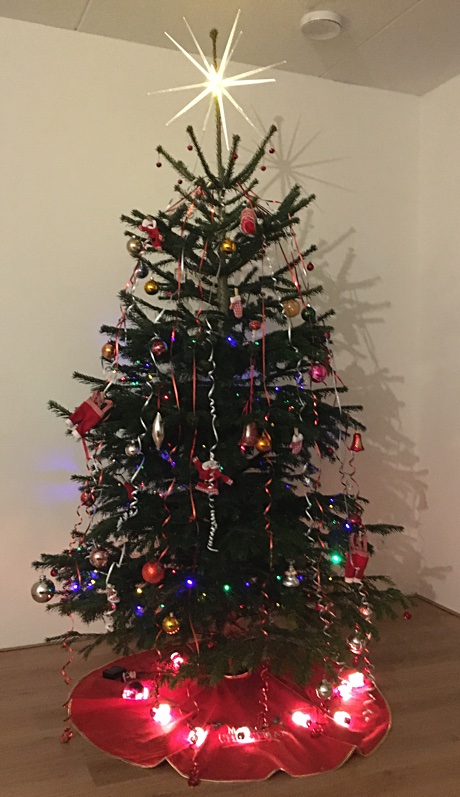Become shell literate
Shell literacy is one of the most important skills you ought to possess as a programmer. The Unix shell is one of the most powerful ideas ever put to code, and should be second nature to you as a programmer. No other tool is nearly as effective at commanding your computer to perform complex tasks quickly — or at storing them as scripts you can use later.
Source: Become shell literate, an article by Drew DeVault.
